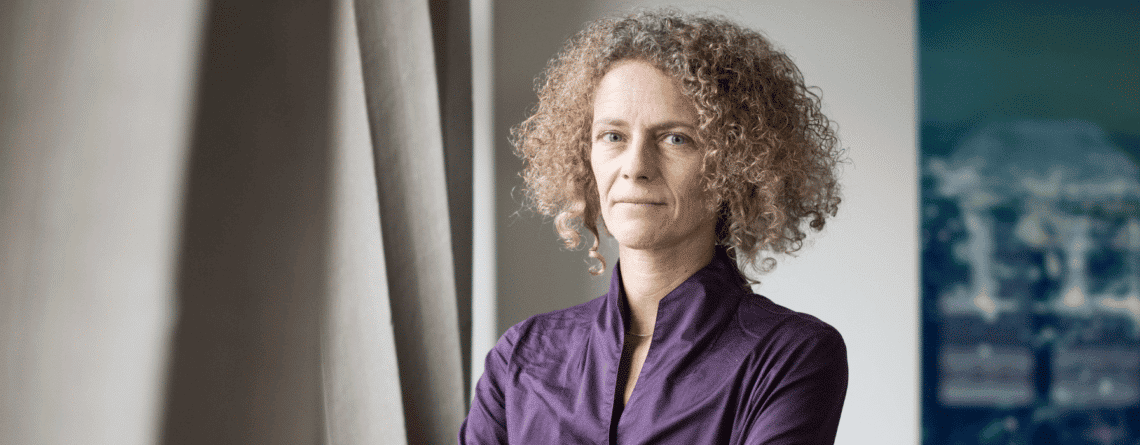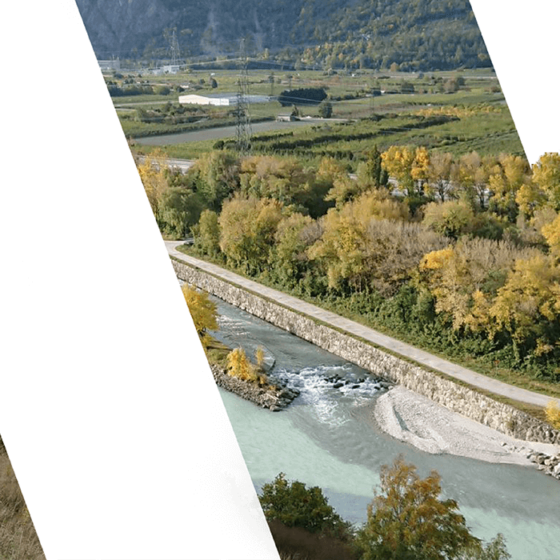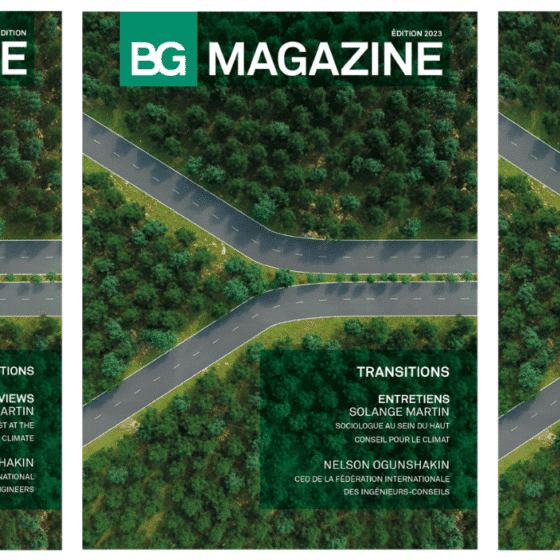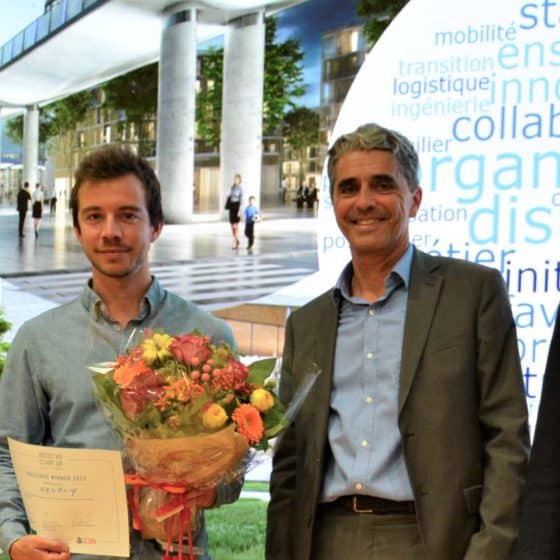Individuals and innovation, the two key components of the Smart City Zurich strategy
The city of Zurich has implemented a “Smart City” strategy in order to improve Zurich citizens’ quality of life and to achieve its objectives. For Zurich’s Director of urban development, Anna Schindler, it is about setting up new forms of cooperation and networking rather than tackling the technical aspects.
Anna Schindler, what is the objective of the city of Zurich with its Smart City strategy?
AS: The city council’s comprehensive “Zurich 2035’”strategy serves as a starting point. It defines the objectives in terms of urban development, for example the 2000-watt society, urban mobility or the attractiveness of the city in terms of business location. The Smart City Zurich strategy aims to optimise the exploitation of the potential offered by new technological means and digitisation in order to achieve these objectives. Currently, we are focusing on three strategic axes: the participation of citizens, public transport and digital administration. In addition, our aim is to promote innovation, first in the administration of the city, and then to extend it to other areas.
You mentioned the promotion of innovation within the city administration. What tools do you have at your disposal?
AS: Administration employees are encouraged to suggest ideas in the “city box”. We support them and accompany them in the development of their ideas until the first concrete results. For particularly innovative and especially cross-functional projects, we also have financial resources thanks to innovation credit. With the ‘Smart City Lab’, we have created a creative workspace where our employees can collaborate with external partners – such as companies, universities and start-ups – and test new methods or prototypes. In addition, “innovation support programmes” (fellowships) make it possible to connect experts from the world of business, research and NGOs for a limited period of time in order to work on innovation projects in the administration of the city.
How do you want to establish an innovation culture?
AS: Whether it is administration or a business context, the principle is the same: there are many interesting initiatives, but a clearly defined framework is required to guarantee concrete results afterwards. This is what Smart City Zurich aims to promote. For example: if an idea is suggested with real potential via the “city box”, its author must be able to develop this idea during his working time. This is a s in e qu a n o n condition which must therefore be approved by the initiator and his/her superior.
The individual seems to be at the heart of the city’s Smart City strategy, but what role do technological aspects play?
AS: Indeed, the Smart City Zurich is more a political strategy than a purely technological one. Of course, new technologies are important for many projects. However, we really do focus on people. The “My Account” portal, for example, already offers the local population central access to digital administration services: filling in tax returns, moving and registration formalities, etc. It is now a question of better adapting these services to the needs of the inhabitants. And it goes far beyond a simple IT project.
The city of Zurich is also a source of inspiration for many Swiss cities when it comes to available applications. Could you cite a few concrete examples of digital services?
AS: Of course, there are dozens of them, but such applications would also exist without the Smart City strategy. These include tools such as Holo Planning, which allows to be made visible the building projects or underground transport lines using augmented reality glasses, or the ZüriMobil mobility platform and the Pikmi on-demand service to offer better public transport, or the LoRa urban network for the transmission of sensor data on air quality, car park occupancy or pedestrian use in public spaces, to name but a few examples. As part of the participatory budgeting pilot project, we are currently testing how it is possible to use a digital platform to promote the participation of the district population.
Promotion of innovation within the administration, development of digital solutions and applications for residents, what are the other components of the Smart City Zurich strategy?
AS: We have the urban development strategies, the ideas as well as the innovative projects. Technologies and data are also available. Smart City Zurich aims to coordinate existing resources, network relevant people and promote information sharing. Zurich has always been a pioneer in the field of government open data and provides a large number of datasets on environment, mobility, population and much more.The exchange and sharing of data is then a real added value. Here’s another example: we matched data from providers of individual mobility forms, such as electric scooters and rental bikes, with data from our transport department. This allows for the first time to have an overview of this new form of urban mobility. We need them in order to be able to guide development and prevent problems in the public space.
The Smart City team, made up of six members of the Urban Development Department, started working on their project at the beginning of 2020. What stage are you at today?
AS: Projects like the “city box” or the “Smart City Lab” work very well, although not all employees are actively involved in these projects. However, as part of a pilot project with the Ministry of Health and Environment, 40 people from various fields, and many of them not using computers in their daily lives, proposed their ideas. Their suggestions did not always correspond to digital solutions. And this is where our Smart City strategy clashes with the real world. The pilot project to promote participation in the area and other projects aimed at the population are also attracting great interest. However, we are only at the start of the project.
What place do you give to cooperation and collaboration?
AS: We encourage exchanges, in particular within the framework of the Smart City Hub association or the working group on digitisation of the Swiss Association of Cities. What matters most to us, however, are generally direct contacts with other cities such as Vienna, Hamburg or Barcelona, which are more advanced in the development of Smart projects and strategies.
Anna Schindler
Anna Schindler (born 1968) has been Director of Urban Development for the city of Zurich since 2011. The department includes the areas of society and space, economic development, promotion of integration, external relations and Smart City Zurich.Anna Schindler, specialist in cultural and economic geography, has previously worked for publications and publishing houses in German and English languages, and as a communications consultant in the fields of architecture, property and urban development. She has also taught media, cultural communication and cultural management at ZHAW and the University of Zurich.
PICTURE : Ruckstuhl Christoph
(Article taken from BG Magazine 2021, updated version on the site)









